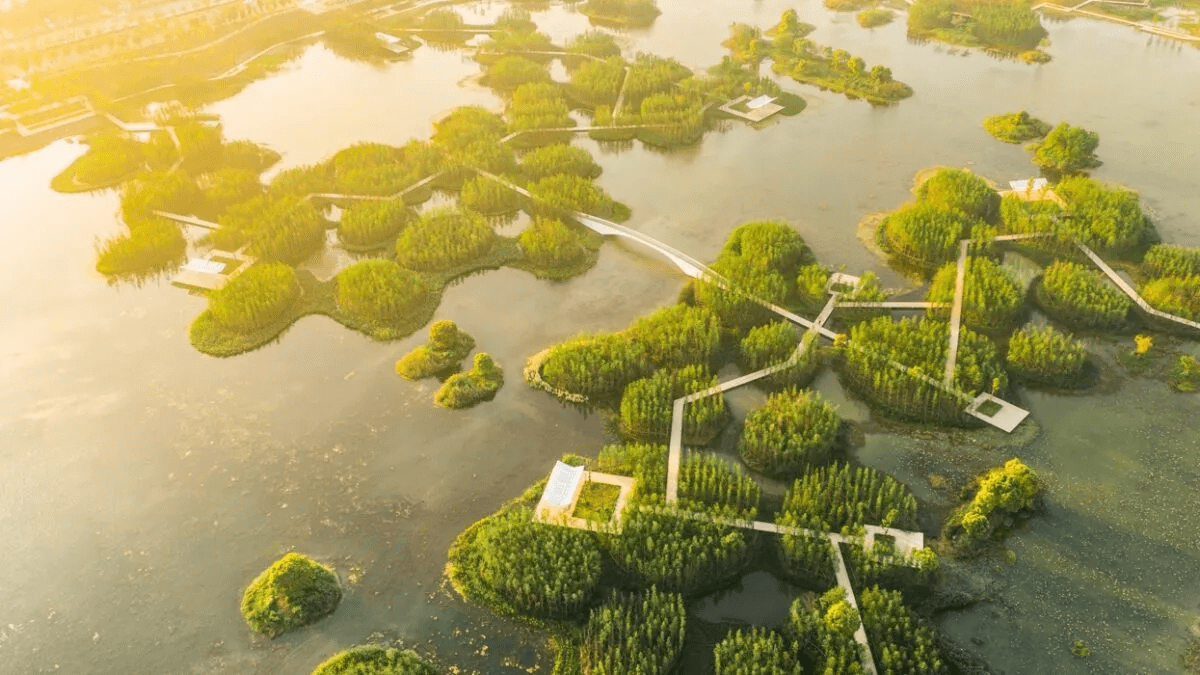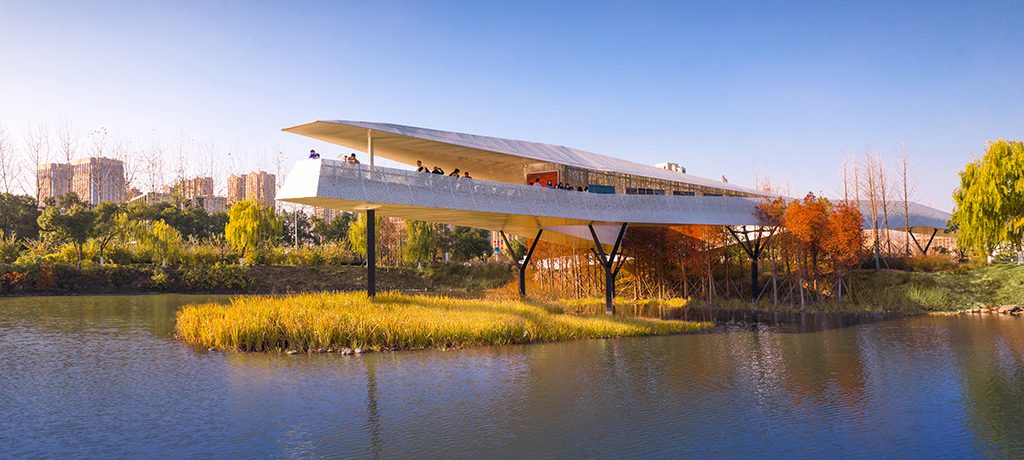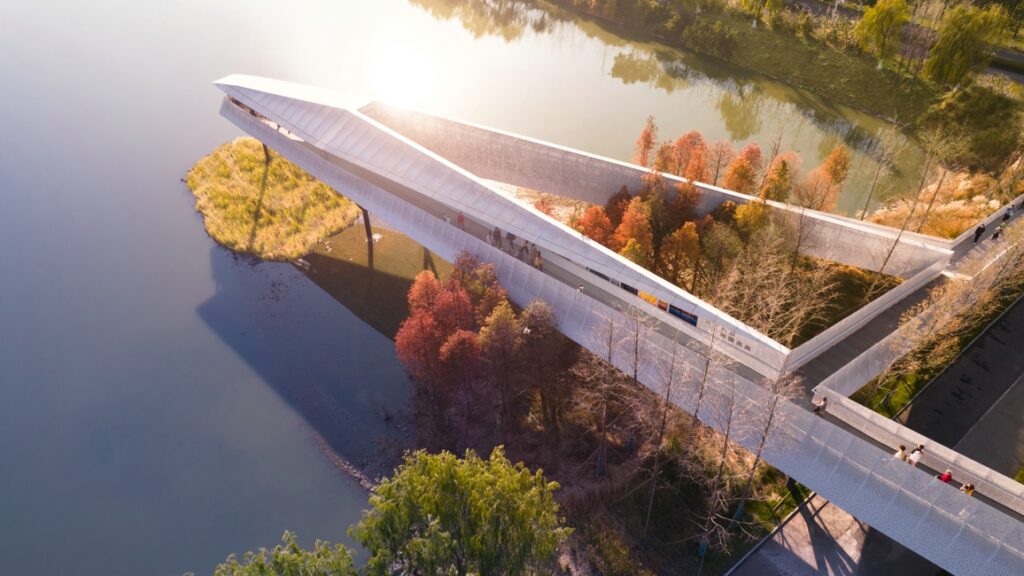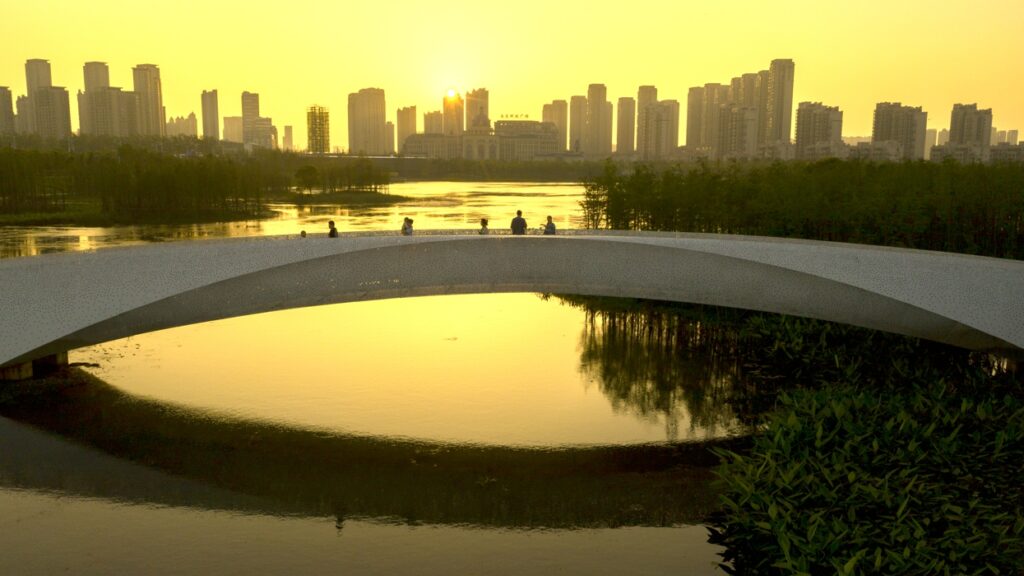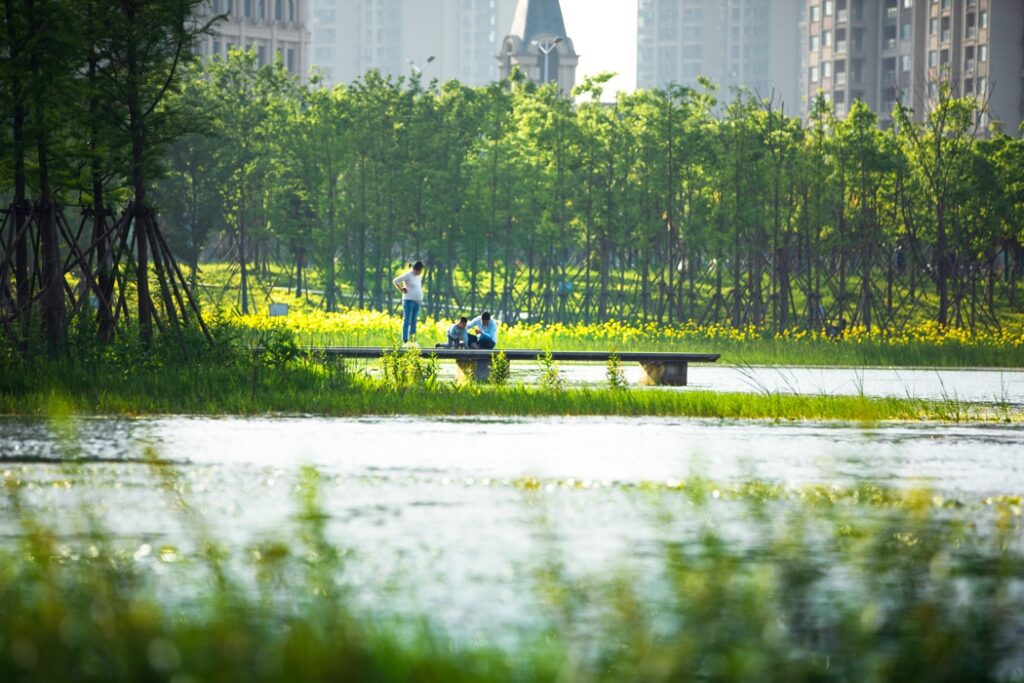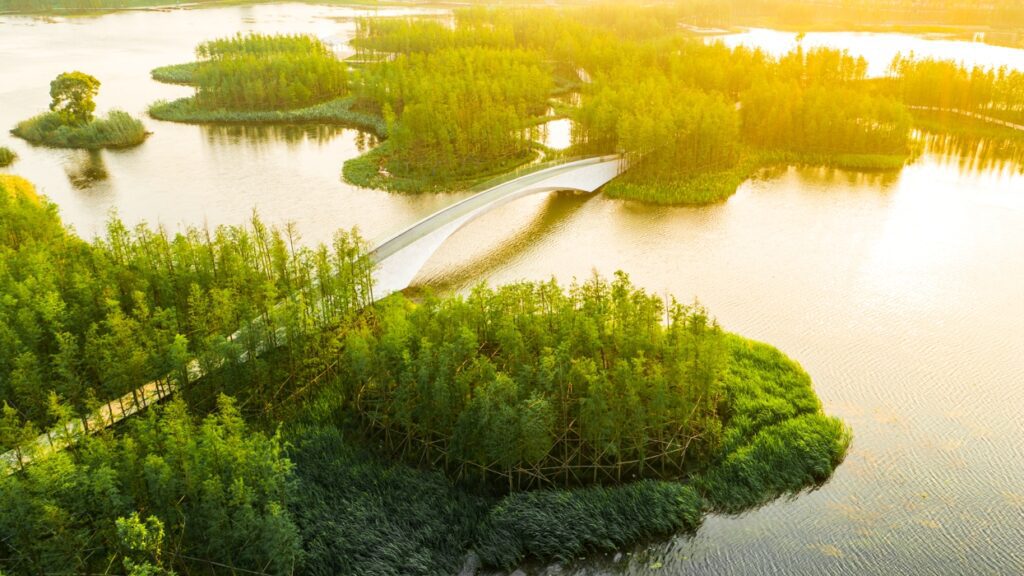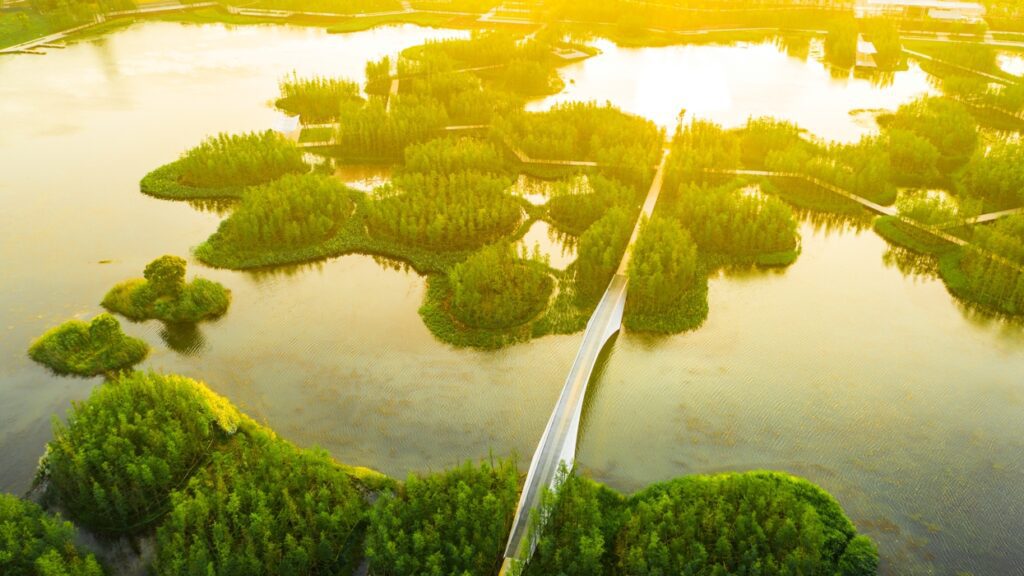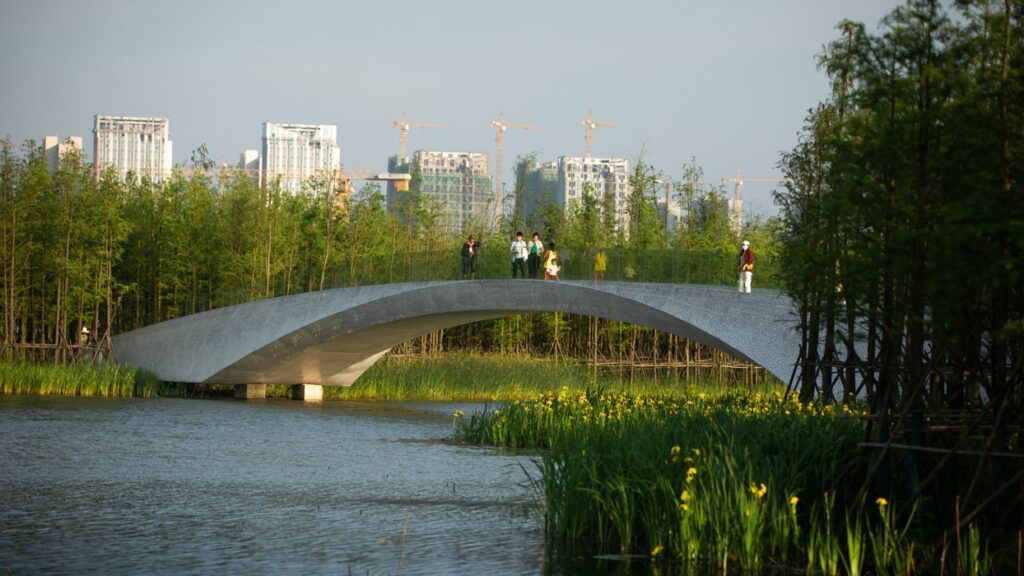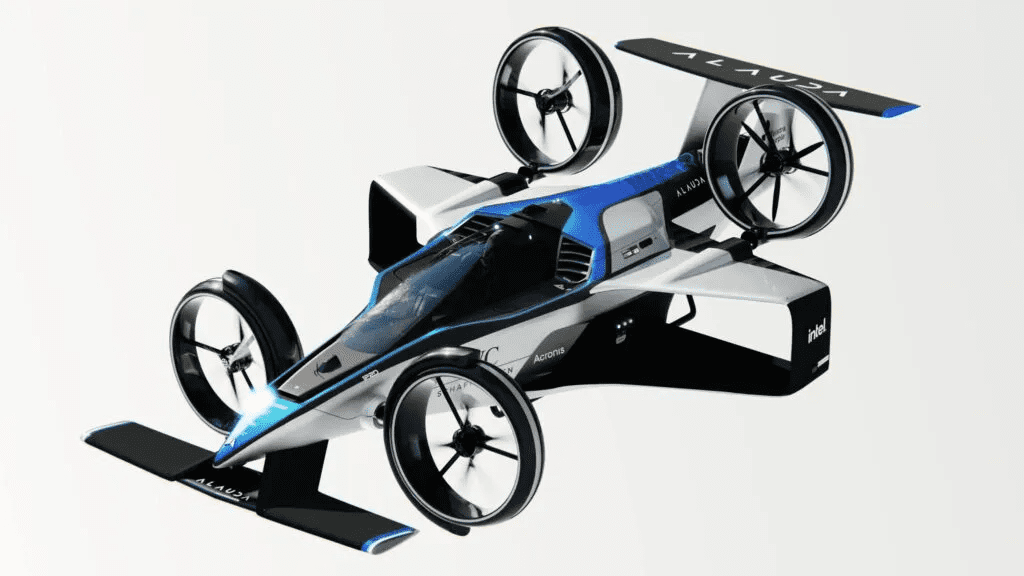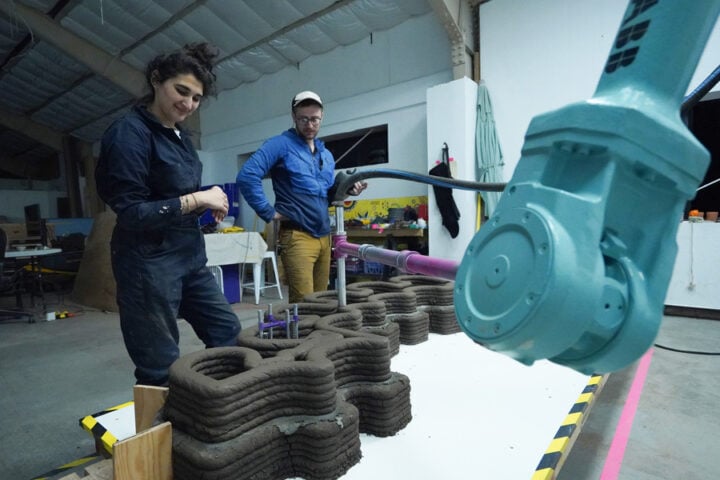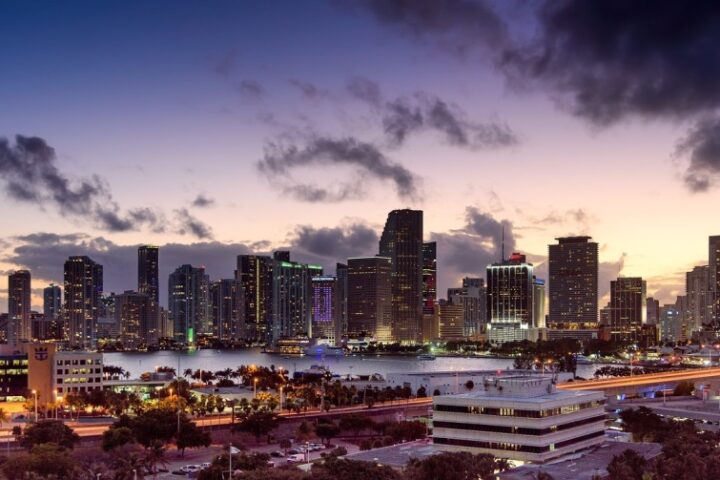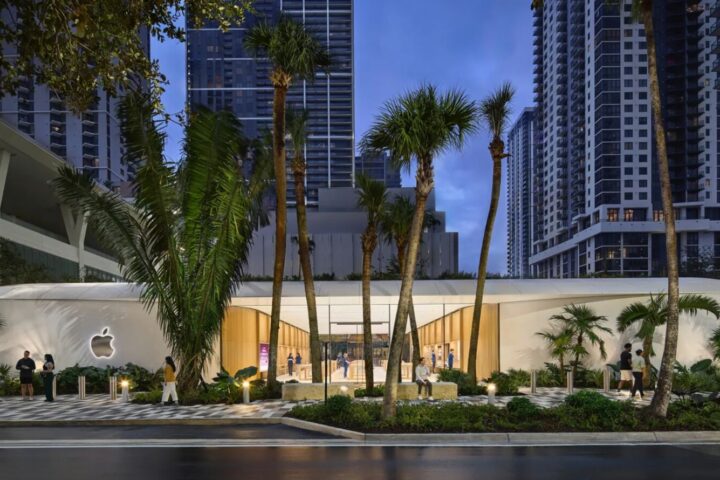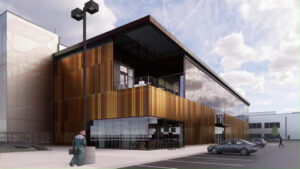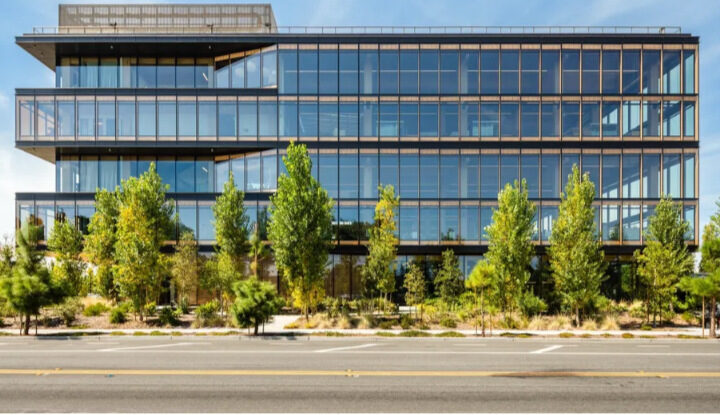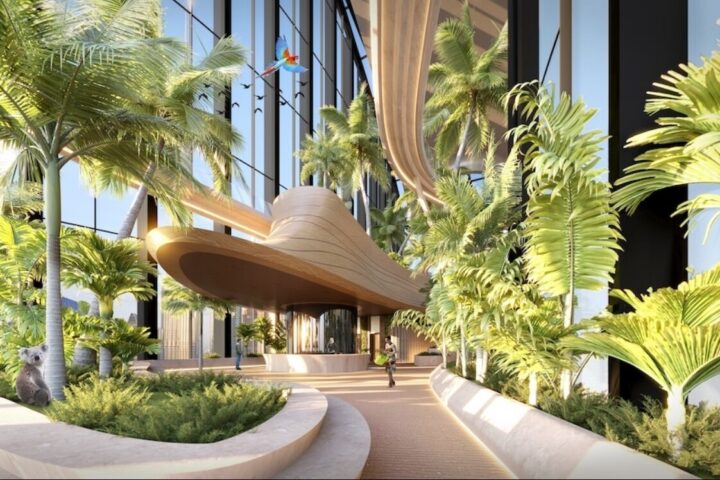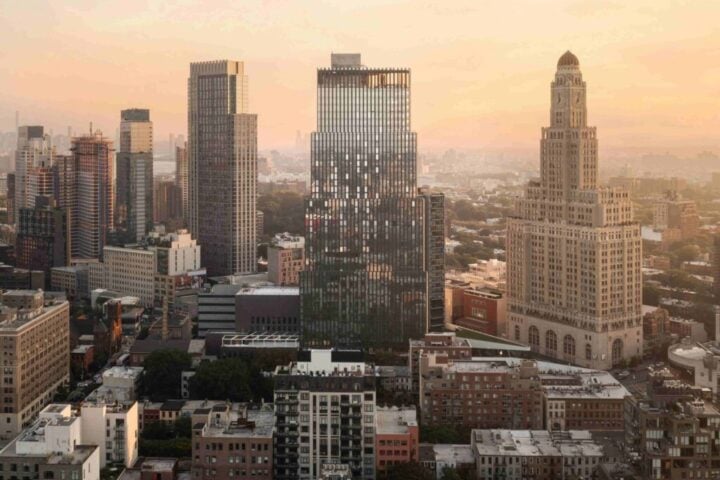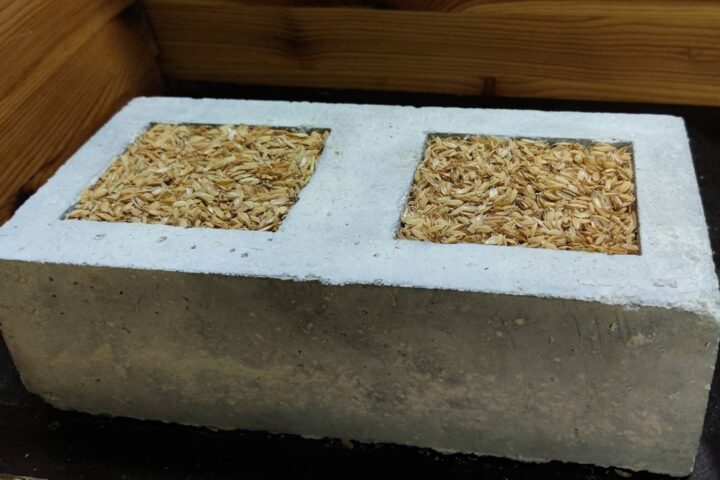Fish Tail Park is an innovative and transformative public space located in the city of Nanchang, within the Yangtze River floodplain in east-central China. The park was designed by the landscape architecture firm Turenscape, which took on the challenging task of transforming a neglected 126-acre section of land into a functional and resilient public space that can regulate stormwater, provide habitat for wildlife, and offer recreational opportunities for visitors.


The designers of Fish Tail Park have demonstrated an impressive ability to balance the needs of humans and the natural environment. By creating a space that can adapt to the natural patterns of flooding that occur during monsoon season, the park offers a unique and valuable ecosystem for wildlife, while also providing a functional and enjoyable space for visitors.
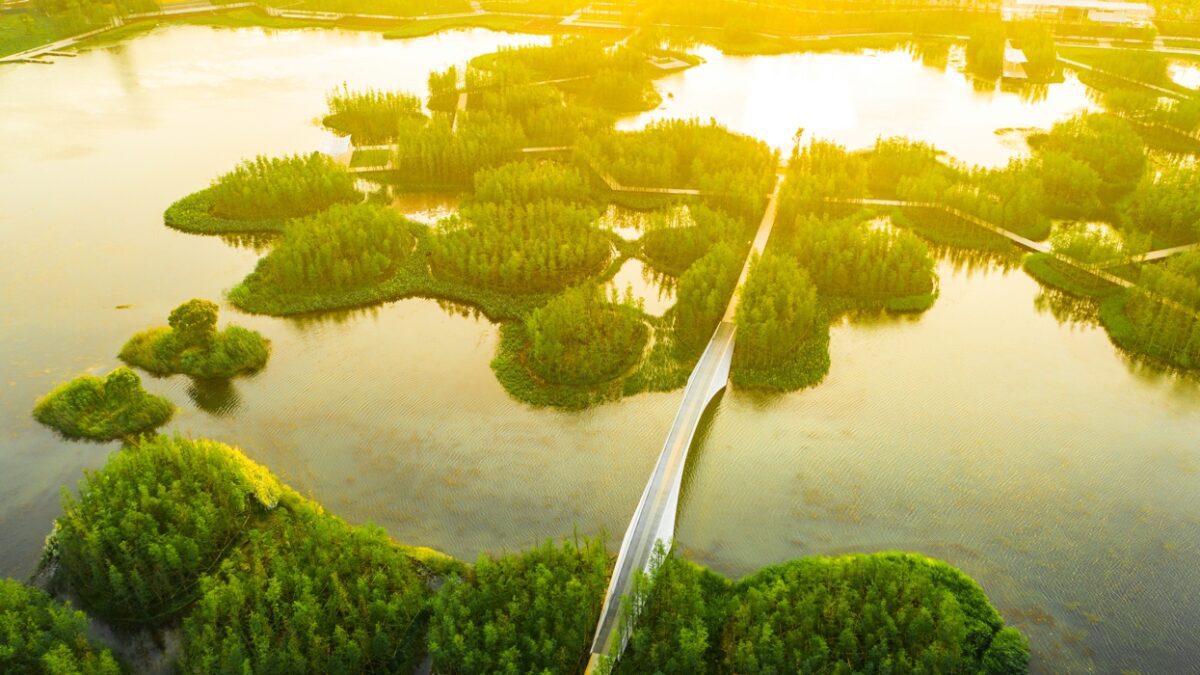
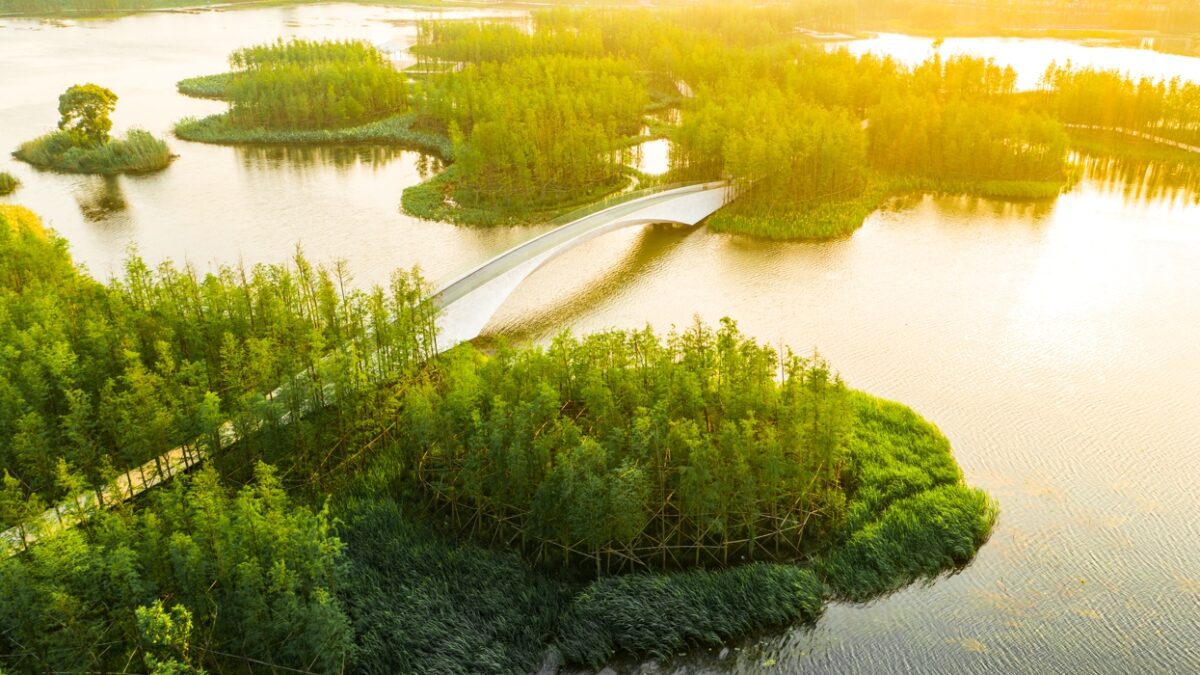
One of the most impressive aspects of Fish Tail Park is its sustainable and resilient design. By positioning native plants along the shorelines and constructing terraced wetlands, the park is able to filter urban runoff and regulate stormwater, effectively addressing one of the most common challenges faced by urban areas in the region. This design also contributes to the long-term health and stability of the park’s ecosystem, shielding it from degradation.
Fish Tail Park is not just a functional space for flood regulation and environmental conservation, but also a vibrant and engaging public space. Visitors can walk, run, or ride bikes or scooters along the elevated pathways, as well as enjoy natural playgrounds, beaches, fountains, and lawns, as well as take in the breathtaking views of the surrounding landscape. The park also promotes urban development in the improved district, engaging surrounding neighborhoods and creating a sense of community around the public space.
In addition, Fish Tail Park has been designed as a replicable model of designed urban nature for regions with monsoon or variable climates that can address the multiple challenges of floods, habitat restoration, and recreational demands. The project exemplifies how landscape architecture can be used to promote environmental sustainability and habitat conservation while also providing a variety of community benefits.
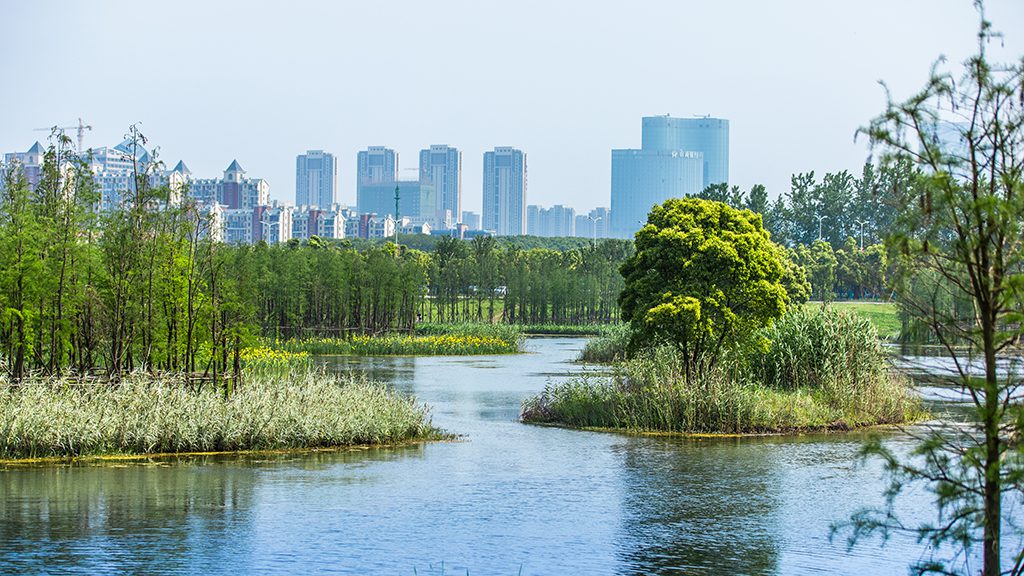
- Wegmans Chocolate Recall Affects 9 States: What to Check on Your Package
- Wild Orangutans Take Power Naps After Poor Sleep, 14-Year Study Reveals Surprising Human Parallels
- Geely EX5 Electric SUV Enters Greece as Chinese EV Sales Surge 1423% and Market Grows 13.9%
- Endangered Secretary Bird Chick Thrives at Longleat as Wild Population Falls Below 10,000
- 8-Foot Shadow Werewolf Photographed in Bridlington’s Danes Dyke Woods by Paranormal Expert
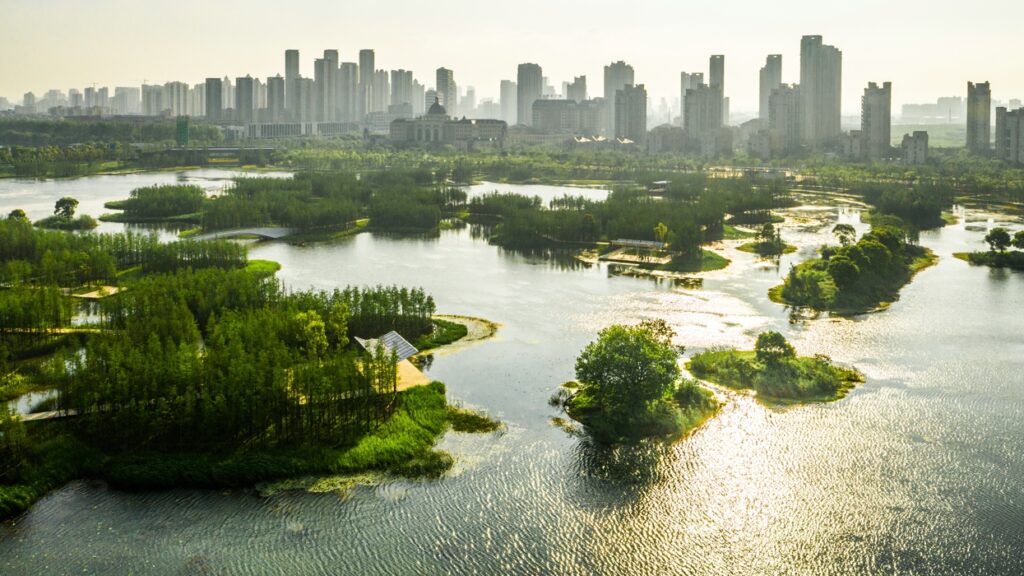
Fish Tail Park is an inspiring example of how innovative design can be used to address environmental challenges and promote sustainable urban development, creating a valuable ecosystem for wildlife and a functional and engaging public space for visitors.
